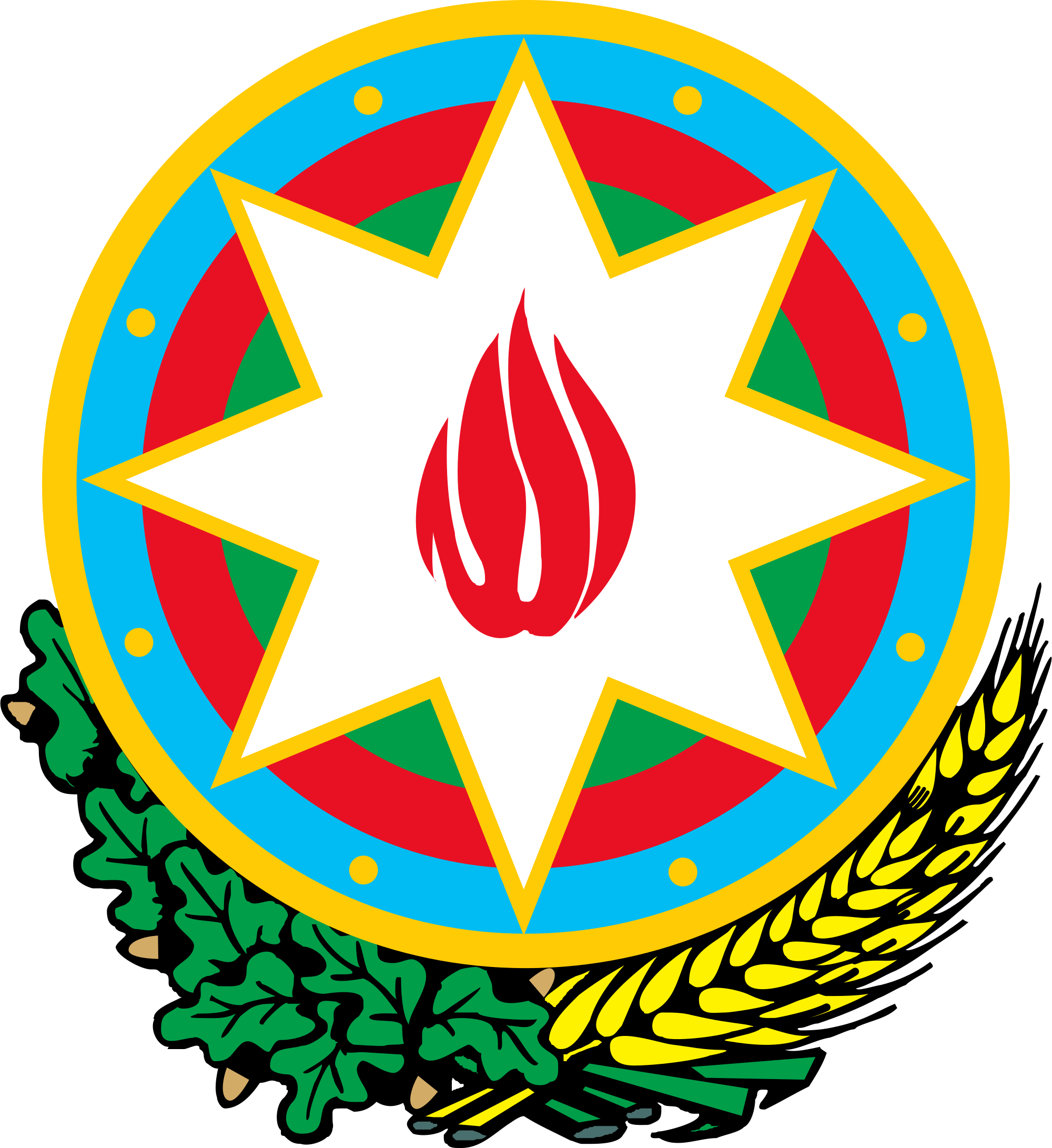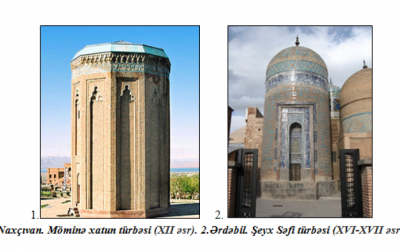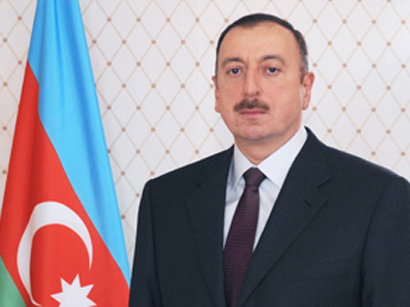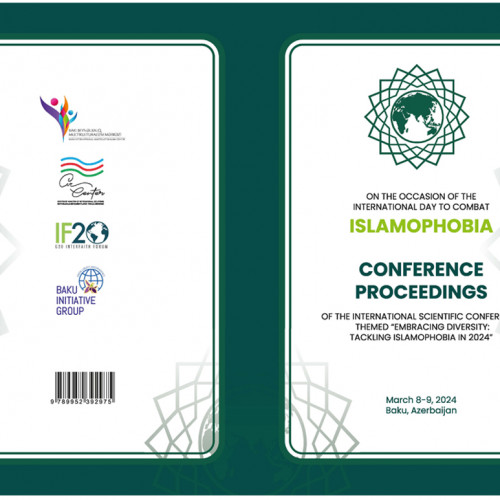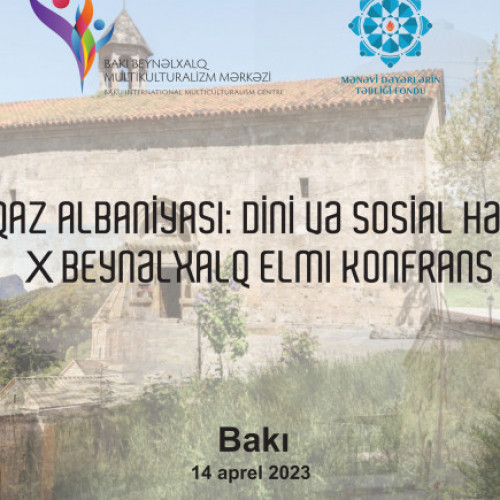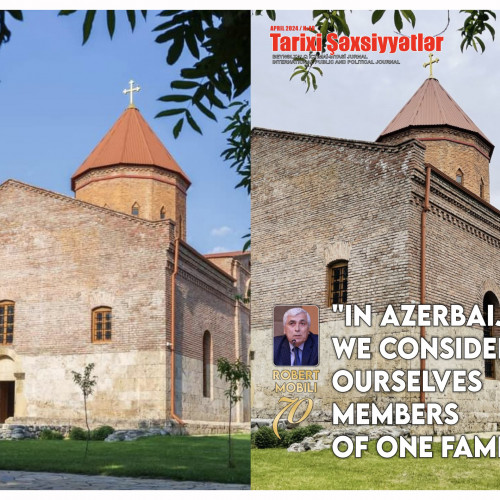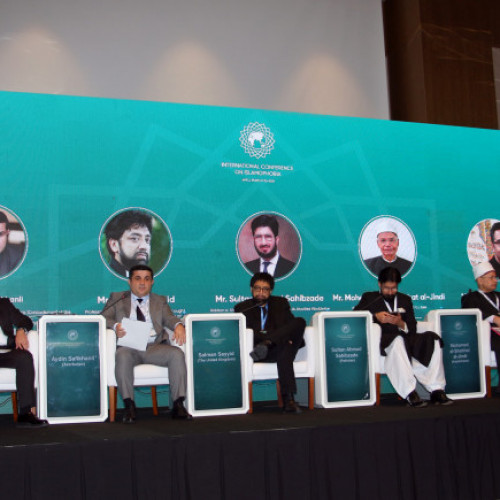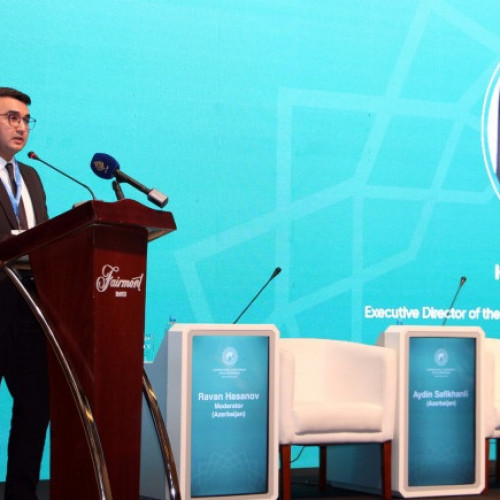AVARS
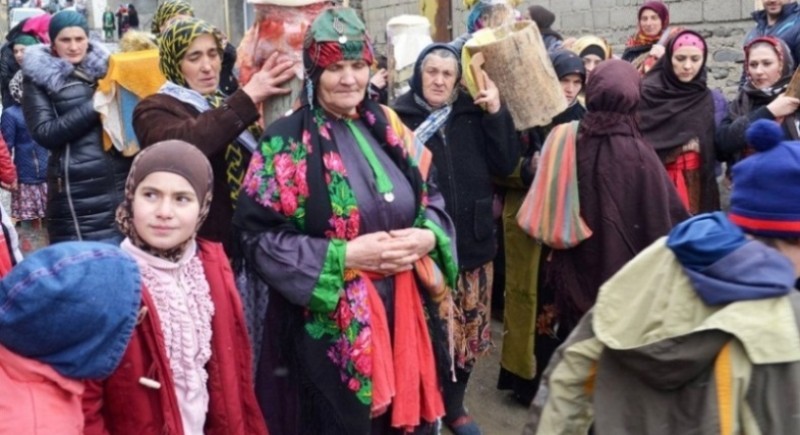
Moving from the present Republic of Dagestan (Russia), due to challenges for survival, the Avars, who hold a special place on the colourful ethnic map of Azerbaijan, have settled since the early 16th century in Azerbaijan's northerneast - in the regions of Balakan and Zagatala with favourable climatic conditions, arable soils, and wide pastures. The Avars, who mixed with the regions' indigenous people, gradually acquired the local plowing traditions, started to grow wheat, barley, millet, flax, got involved in gardening, tobacco-growing and apiculture and on meadows in nut-growing and silkworm breeding. The Avars did not forget their own old trade, and have maintained the traditions of gunsmithing, coppersmithing, saddle-making and carpetweaving crafts with care. At present, the major part of the Avars live in Russia and in the southwestern part of the Republic of Azerbaijan. The Avars living in Azerbaijan have maintained their language and customs and traditions up to the present. The Avar language, which is ascribed to the Nakh-Dagestan group of the Caucasian languages, is subdivided into a great number of dialects and subdialects. The Avars living in Azerbaijan speak the Zagatala dialect.
In the ethnic name of the Avars, the word "maarulal" means "the mountain people", "the mountaineous" and "a man of mountains". Whereas, being of the ancient Turkic origin the wide-spread ethnonym "avar" implies the notions "turbulent", "militant", "courageous". The suppositions about the association of this ethnonym with the Avar Khanate existing in the early Middle Ages ( 562-823) are finding approval in the scientific world. After this tribal unit invaded the N orthem Caucasus, part of them settled here and as time passed, they mixed with the indigenous people.
The Avar people has centuriesold rich customs and traditions. They have unparalleled folklore, music, and decorative crafts. And this uniquness is displayed more vividly in public festivities. Shortly before spring arrives, they perform various public ceremonies like Kedaba, Yikhbi, Otsbay to awaken the soil from its winter sleep, for it to become productive and abundant. In these festivities based on ancient beliefs, especially the tilling the soil on the first day of ploughing, they would bake round breads out of the wheat flour to symbolize the Sun. That ceremony's bread would be called "ig" or "yikh" (bread) and would herald the new productive year. This kind of bread is baked more in the festivities of Yikhbi, one
of the fun-making ceremonies held on the eve of the arrival of spring, the awakening of Nature. And on the first days of spring, the Avars celebrate Otsbay (towing the ox to the plough), the holiday associated with husbandry. This holiday marks the beginning of the field work. On the Avars' holidays called "Halma", "Rukivak" a meal would be prepared out of 7 types of corns, meat and dried fruits - "rukivak" which would be given to families as alms. In April, when mountain flowers blossom, they all would participate in the Halma festivities. During the festivities they would hang and swing from tall chestnut or walnut trees.

The common Caucasian features of the national costume are characteristic to the Avars too. The Avar women's headgear is large, they would wear a silver bow, also head decorations with silver and gold coins hanging from them. Whereas, men would walk with charkazi Caucasian coat on and wear weapons with delicate inscriptions on them. The traditional male constume of the Avars used to consist of a shirt with a high colar, trousers, Caucasian coat, headgear, fur coat, conus-shaped or semi-secular cap of sheep skin, in winter - high boots of leather or pelt, and in summer - a soft pair of bast shoes or sandals. Up to the 1930s, the Avar women's clothes consisted of long, straightly cut shirt-like kunta (dress), khabat (tight, straight and long trousers), garakhuni (apron) and vest. On their clothes, the Avar women would wear a patterned belt made of fabric, leather or metal, and have on their


The tradition of breaking bread, which symbolizes abundance, friendship, fraternity in common Azerbaijani customs and traditions, holds an important place in all stages of the Avar weddings from the matchmaking stage to taking the bride to the bridegroom's home. Especially in the region of Shaki-Zagatala, breaking bread during matchmaking is the common custom of the Avars, Azerbaijani Turks and Sakhurs. According to the Avars' ancient wedding customs, when the bride is moving to her husband's home, she is accompanied with bread. And the bride's mother will give her daughter bread under her arm so that the groom's party does not "take away stealthily" something else from her home with them while taking away the bride. That means one cannot steal anything from the house where one breaks bread. As a rule, the bride is accompanied to the groom's home with torches which they throw into the fire in the groom's home so that the hearth of the new family burns well, the hearths of both the bride and groom's families merge. According to the Avars' custom, when the bride makes her first step through the groom's threshold, her mother-in-law meets her with a bowl of honey. This tradition exists in many Turkic peoples as well as the Talishes, Ingiloys. At the wedding, each quarter would bring their own wrestlers and hold wrestling competitions. Merry dancing music requmng fast movements like Avari, Saribash, Gendadur, Lezgi hangi would be played, they would dance under the melody "Arkhush" more characteristic for the Shumbul village of the district of Balakan. During the wedding one could hear the sounds of tambour, chaghana, gaval and tutak (pipe). There used to be songs accompanied by tambour.
Today favourable conditions have been created to maintain and develop the ethnic identity of the Avars, like any other peoples in Azerbaijan. Since independence, the maintenance and development of the Avar people's culture, language, traditions have been provided for. The Avar language is taught at schools in predominantly Avar settlements and villages. To maintain the Avar traditions and pass them to the next generations there are folklore collectives, including the boys' dance groups Gaf gaz and Jahanin Balakan, and the Gryzis' dance groups Alazan and Hudulki in Zagatala. in respect to the Avar people's heroes, outstanding personalities one of the central streets of Baku is named after Sheikh Shamil.



